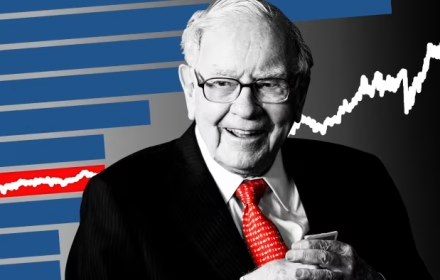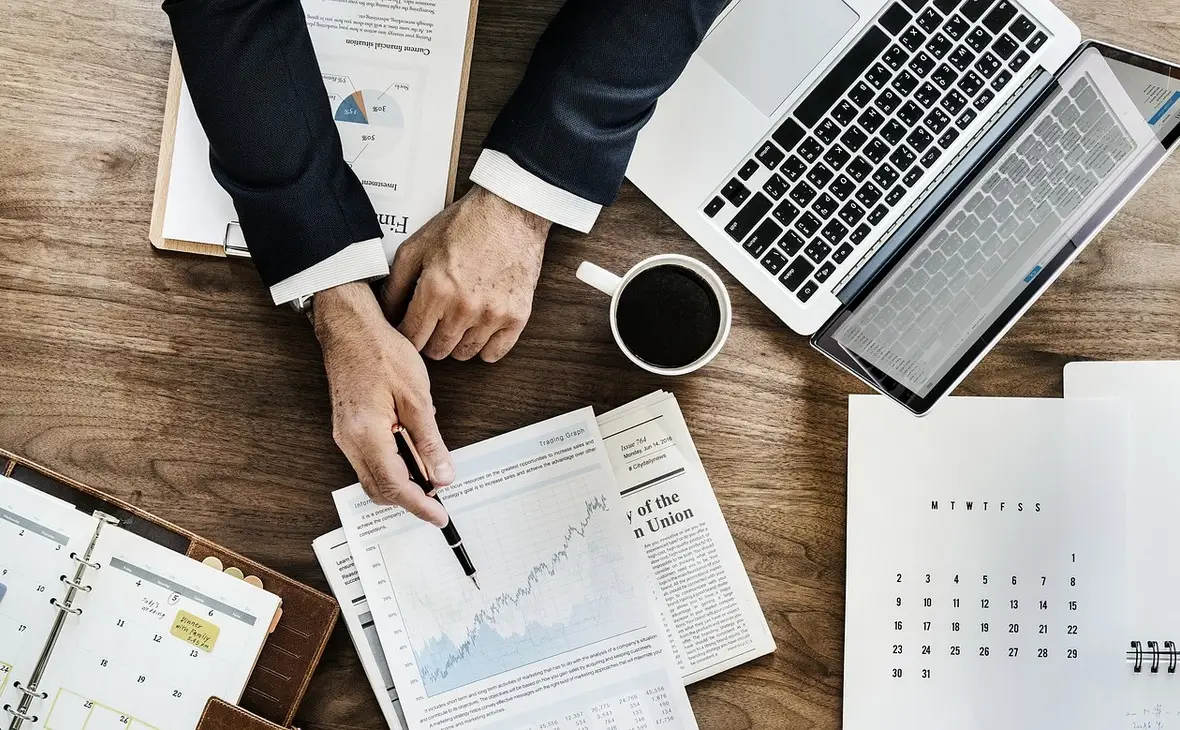In the world of financial markets, where every moment can be crucial for success, automated trading is rapidly gaining popularity. Especially when it comes to trading robots for trading – programs that can significantly simplify the process of data analysis, decision-making, and executing trades. These tools provide traders with the ability to work without constant market monitoring, using high-speed algorithms for analysis and automatic trading.
## How do trading robots for trading work?

Software operates based on algorithms that can be pre-programmed or updated depending on the current market situation. For example, trend robots track market trends and open trades following them. Meanwhile, countertrend programs can work in the opposite way, opening contracts at the moment of platform reversal. All actions of the tool depend on the type of strategy embedded in the software.
The cryptocurrency market, for example, has particular volatility, and for this, there is a whole category of solutions that automatically open and close cryptocurrency contracts, using fluctuations to their advantage. Algorithms can, for example, work based on an arbitrage strategy, where they look for price differences on the same assets on different platforms and automatically make trades to profit.
### Advantages of using trading robots for trading:
1. **Process automation**: programs allow optimizing the entire trading chain. This frees the trader from the need to constantly monitor the market and manually execute trades.
2. **Reduced emotional impact**: people often make mistakes due to fear or greed. Robots are devoid of such feelings, making their decisions more objective.
3. **Speed of trade execution**: Software can instantly react to market changes, which is important for high-speed trading, such as scalping.
## How to use trading robots for trading?
An automated approach allows optimizing complex trading strategies, but to achieve maximum efficiency, it is important to choose and configure the software correctly.
### Choosing a trading robot for trading – the key to success
The first step is to choose a suitable program:
1. **MetaTrader Expert Advisors (EA)**. Some of the most popular solutions that work on the MetaTrader 4 and 5 platforms. They allow not only using standard strategies but also developing custom trading algorithms. MQL4 and MQL5 provide wide possibilities for writing personalized trading systems.
2. **Cryptohopper**. A cloud-based crypto trading bot that supports over 75 cryptocurrency exchanges. It includes backtesting, which allows testing methodologies on historical data, as well as an arbitrage option between platforms.
3. **3Commas**. A platform for cryptocurrencies that allows traders to create complex trading strategies with bots and automate their execution on multiple exchanges.
4. **ZuluTrade**. A service for automatically copying trades of successful traders, allowing users to adopt their tactics. The platform provides detailed information on trading results for participants to choose the most suitable signals.
5. **AlgoTrader**. A solution for professional traders and institutional investors, providing a wide range of functionality for automated trading on various markets, including stocks, forex, cryptocurrencies, and other financial instruments.
### Fine-tuning and testing nuances
After choosing a trading robot for trading, it is crucial to adjust it to your goals. This means selecting a strategy, defining risk limits, setting the maximum trade size, and coordinating technical indicators for market analysis. Before starting work on real accounts, be sure to test the software on a demo platform. This will allow you to see how the algorithm works in real market conditions without risking funds.
### Monitoring and adjusting work
Despite automation, it is necessary to regularly monitor the program’s operation. Even the most advanced software can face non-standard market conditions that may affect results.
## Risks of using trading robots for trading
Despite numerous advantages, algorithms are subject to threats that need to be considered to avoid financial losses:
1. **Market changes – an unpredictability factor**. In conditions of uncertainty caused by economic crises, political changes, or natural disasters, the market can behave unstably. Software based on historical data may be ineffective in new conditions.
2. **Technical failures and infrastructure dependence**. Solutions depend on the uninterrupted operation of software and internet connection. Connection failures to the broker’s server, code errors, or issues with the trading platform can lead to delays in trade execution or even incorrect conduct.

3. **Settings errors – a threat of losses**. Incorrect algorithm parameter settings can cause significant financial losses.
## Conclusion
Trading robots for trading are a powerful tool for the modern investor, allowing to simplify the trading process and increase the accuracy of decisions made. However, their use requires proper configuration, careful monitoring, and understanding of the associated risks. A responsible approach, a wise choice of software, and correct management of potential threats will help use these algorithms to achieve stable and long-term success in financial markets.
 en
en  ru
ru  de
de  ar
ar  es
es  hi
hi  fr
fr  nl
nl  it
it  pt
pt  el
el 










